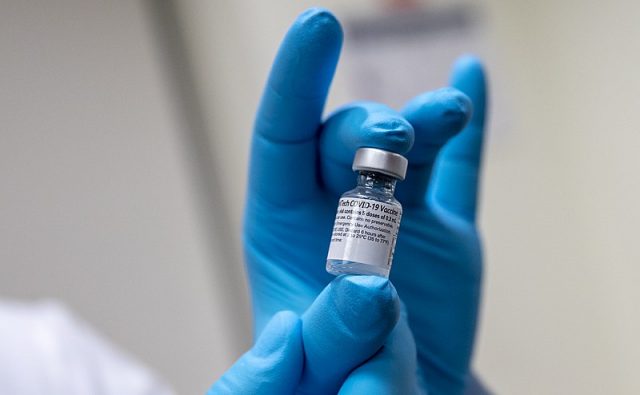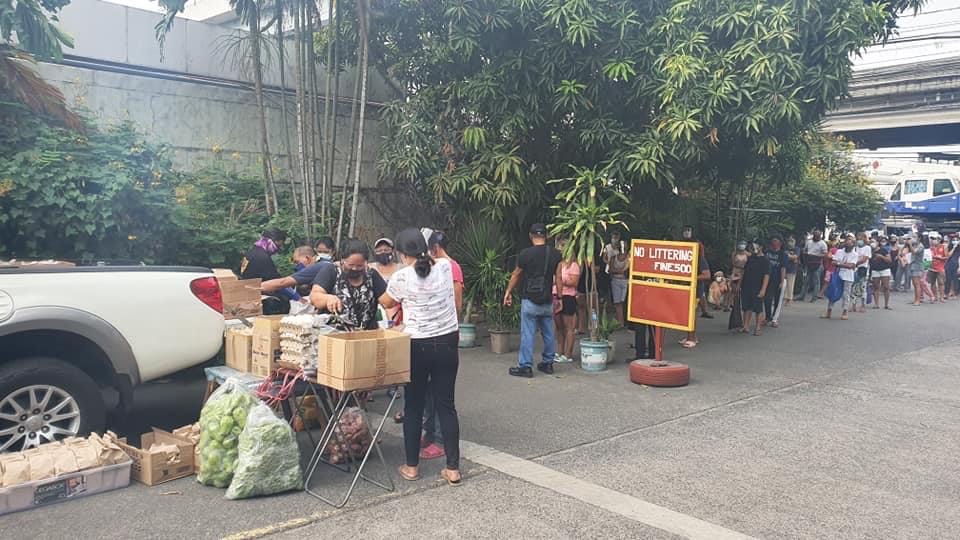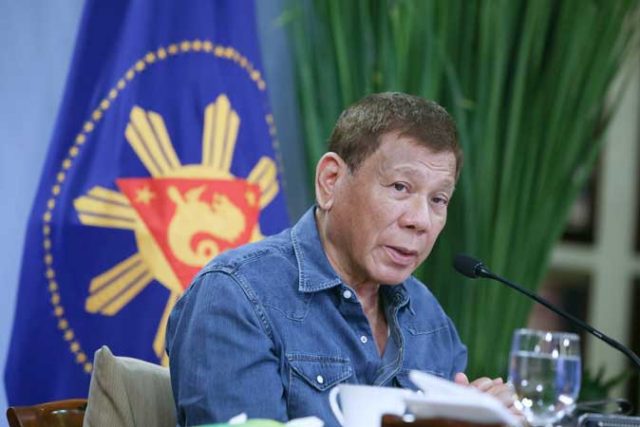TransUnion Finds the Industry with the Largest Increase in Suspected Digital Fraud Attempts is Financial Services
As more consumers go online for banking and other financial transactions, new research from TransUnion (NYSE: TRU) found that fraudsters are ramping up their efforts in the financial services industry. When comparing the last four months of 2020 (Sept. 1 – Dec. 31) and the first four months of 2021 (Jan. 1 – May 1), the company found the percentage of suspected digital fraud attempts[1] coming from the Philippines in financial services increased 50%, the highest among all industries analyzed. Globally, the rate of digital financial services fraud attempts increased 149%.
Across industries, the rate of suspected digital fraud attempts globally rose 24% when comparing the first four months of 2021 with the last four months of 2020. The percentage of digital fraud attempts coming from the Philippines increased 19% during the same time period.
TransUnion monitors digital fraud attempts reported by businesses in varied industries such as communities, financial services, gambling, gaming, retail, and telecommunications, among others. The conclusions are based on intelligence from billions of transactions and more than 40,000 websites and apps contained in its flagship identity proofing, risk-based authentication and fraud analytics solution suite – TransUnion TruValidate™.
“The rate of fraud attempts was up globally and especially in the financial services industry because fraudsters understand this is where the most high-value transactions are taking place. While this industry is traditionally known for in-person transactions, fraudsters have recognized its rapid digital acceleration and are trying to capitalize,” said TransUnion Philippines President and CEO Pia Arellano. “We are seeing more financial services organizations implement fraud prevention solutions with some success, though our findings make it clear that this is not the time to relax. As the economy begins to open up and perform better, businesses need to do even more to ensure they are providing a secure marketplace that offers friction-right experiences to consumers.”
Examining Fraud Types and Their Impact on Industries
TransUnion analyzed industries with the highest increases and declines in the percent of suspected digital fraud attempts against them, comparing the periods of Sept. 1-Dec. 31, 2020 and Jan. 1-May 1, 2021.
Top Suspected Digital Fraud Rate Attempt Increases and Declines by Industry
| Industry | Suspected Fraud Percentage Change Coming from the Philippines | Top Type of Fraud Globally |
| Largest Percentage Increases | ||
| Financial Services | 50.39% | True Identity Theft |
| Travel & Leisure | 31.50% | Credit Card Fraud |
| Communities (online dating, forums, etc.) | 10.16% | Profile Misrepresentation |
| Largest Percentage Declines | ||
| Logistics | -60.50% | Shipping Fraud |
| Telecommunications | -28.60% | True Identity Theft |
| Retail | -27.42% | Promotion Abuse |
Interestingly, the telecommunications and logistics industries recorded the two largest declines during this period. TransUnion’s March 2021 assessment, which analyzed the pre- and post-pandemic declaration periods (March 11, 2019-March 10, 2020 and March 11, 2020-March 10, 2021), found the opposite with telecommunications and logistics having the two largest suspected digital fraud rate increases between the periods respectively. Financial services had the third highest increase in the rate of suspected digital fraud during the March analysis, and jumped to the top spot this time.
TransUnion defines true identity theft, the top type of digital fraud in financial services, as the consumer using a stolen identity (from a victim who is a real person) to commit fraud. The second and third type of digital fraud most reported by TransUnion financial services customers are first-party application fraud and account takeover, respectively.
First-party application fraud is when a consumer refuses to repay legitimately incurred debts and/or falsely claims to be a victim of identity fraud to evade debt. Account takeover is when someone other than the owner of an account uses the account without permission, indicating that the account has been maliciously compromised.
“An interesting dynamic is playing out where we are seeing other industries facing far fewer suspected fraud attempts than what has been observed in financial services. In some cases, as in logistics and retail, we are seeing a decline in the rate of such fraud attempts,” said Arellano. “The key takeaway for businesses is that fraudsters do not treat every industry equally. They often pick and choose an industry to focus on based on the time of year or what businesses are seeing more transactional activity. For example, in the Philippines, the rate of suspected digital fraud attempts originating from it against online communities like dating sites and forums increased by 10% whereas the global average decreased 4%.At times, fraud attempts are conducted at random simply to determine if businesses are prepared to meet their challenges. In this critical time, it pays to be one step ahead.”
More information about TransUnion’s insights and solutions can be found here.
[1] The percent or rate of suspected or risky fraudulent digital transaction attempts are those that TransUnion’s customers either denied or reviewed due to fraudulent indicators compared to all transactions it assessed for fraud












